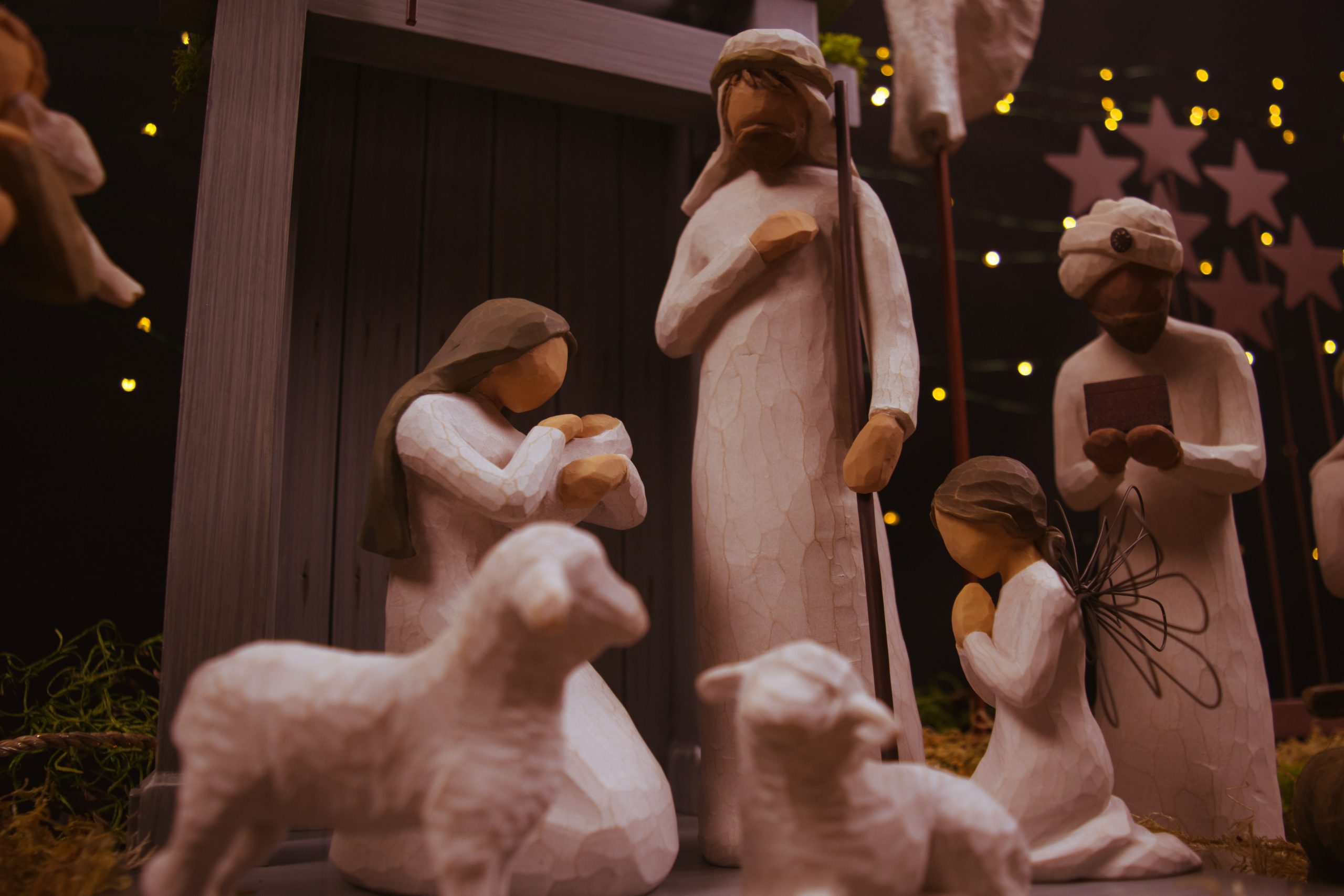
Travel Writer Catalina Perez tells us what Christmas is like in her home country of Chile
In Chile, Christmas is an occasion filled with family gatherings and celebrations. As opposed to other holidays that focus more on the party side of the festivity (such as New Year’s Eve and “Independence Day”), Christmas is generally spent with our closest relatives.
In terms of decorations, pine and Christmas ornaments are typically staples. The ideal scenario is for all the family members to decorate the tree together. The “pine”, however, is most likely to be a plastic one bought at the supermarket, taken out once a year, put on display, and then stored to save for the next Christmas. A nativity scene is also often found by the side of the tree, even though, according to the 2018 Latinobarómetro, Chile is going through an accelerated secularisation. Many parents and grandparents remain appreciative of the catholic tradition.
Weather
One of the most apparent differences between a Christmas day spent in Europe and Chile is the weather. Since Chile is located in the southern hemisphere, Christmas catches Chileans at the beginning of their summer, with temperatures rising to 30 degrees Celsius. Therefore, Christmas takes place on warm evenings, with everyone wearing shorts and opening the windows to let the fresh night breeze get into the house.
“Christmas catches Chileans at the beginning of their summer, with temperatures rising to 30 degrees Celsius
Drinks
The hot weather also has an impact on the foods and drinks consumed. Mulled wine and hot chocolate would make no sense, which is why it is custom for the Chilean Christmas drink to be consumed chilled. It is called “cola de mono” or more likely pronounced “colemono”. It means “monkey’s tale” in English and consists of milk, coffee, sugar, spices and a distillate liquor called “aguardiente”, which is very common in Latin America, and incredibly strong. Before adding the alcohol to the big cooking pot where this drink is prepared, a portion is saved for the children so that they can enjoy this milk beverage without the “aguardiente”.
Food
Concerning food, on the 24th of December, Chileans enjoy a rather traditional family dinner consisting of roasted turkey, chicken, or meat, accompanied by potatoes and different salads. For dessert, it is very common to eat a loaf called “Pan de Pascua”, or “Bread of Christmas”. This pastry originates in Europe and is the Chilean equivalent of the German “Stollen”. A recurrent talking point during the holidays is whether people enjoy their “pan de Pascua” with or without dried fruit inside.
Christmas Eve
“Christmas in Chile offers an opportunity to connect and share a moment with close relatives and is a delightful occasion
Presents are not placed under the tree until the 24th, right before they are opened. Consequently, parents must find a way to distract the children in order to get the gifts under the tree without them noticing. Techniques vary from household to household. Many parents end up asking their children to go and find the Viejito Pascuero (Santa Claus) in the neighbourhood. The kids will then go around the block looking at the sky and thinking every star is Santa Claus on his flying sledge. A few minutes later, they return to the house, unsuccessful but to a Christmas tree surrounded by presents. Every year, parents swear that Santa popped in at the exact moment they went out looking for him.
The gifts are unwrapped on the 24th at midnight. Kids rummage through them and then play until they’re exhausted. If somebody gets a bike or roller skates, the whole family goes outside to see the children pedalling away.
Christmas Day
And finally, the 25th of December is a relaxed day, usually left to enjoy and compare presents and visit other relatives’ houses. A short but comforting holiday, Christmas in Chile offers an opportunity to connect and share a moment with close relatives and is a delightful occasion.
Read more Travel articles here:
4 Things I Learned Doing a Year Abroad as a Creative Writing Student
Comments